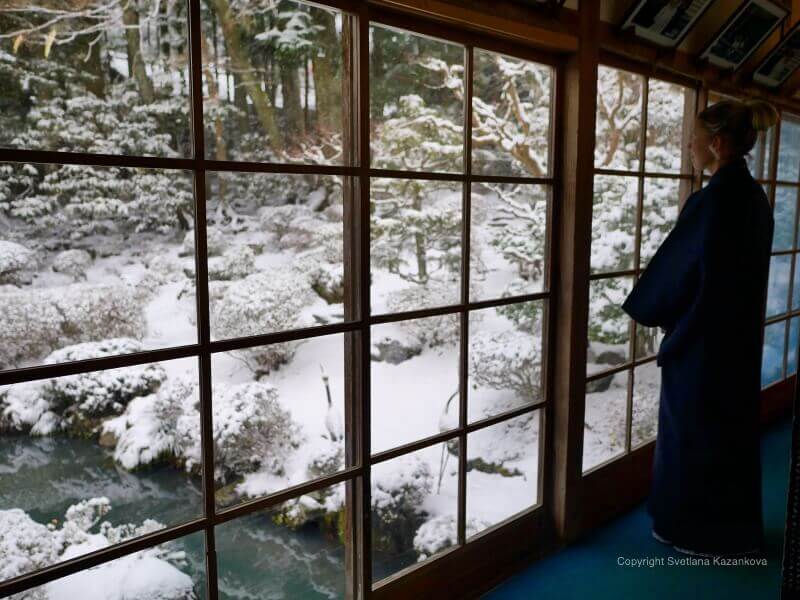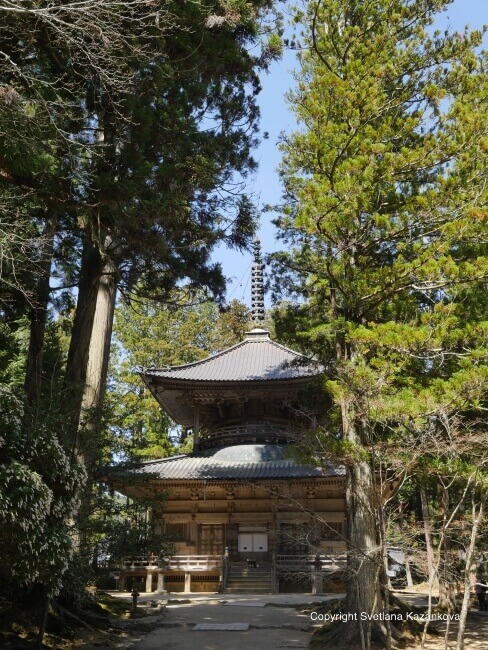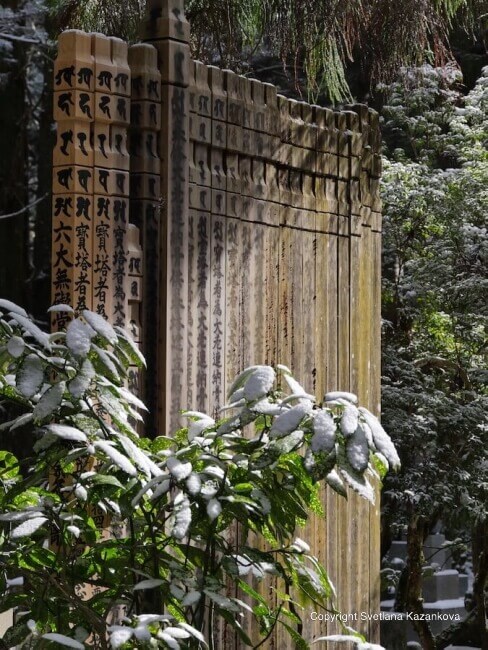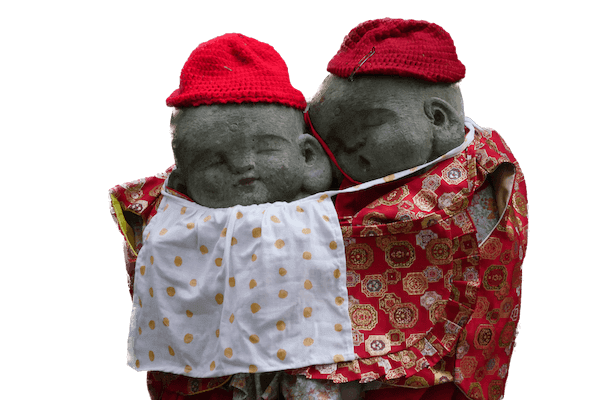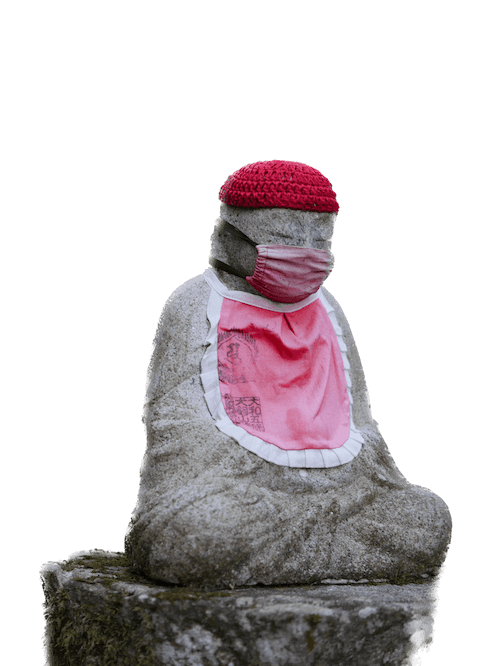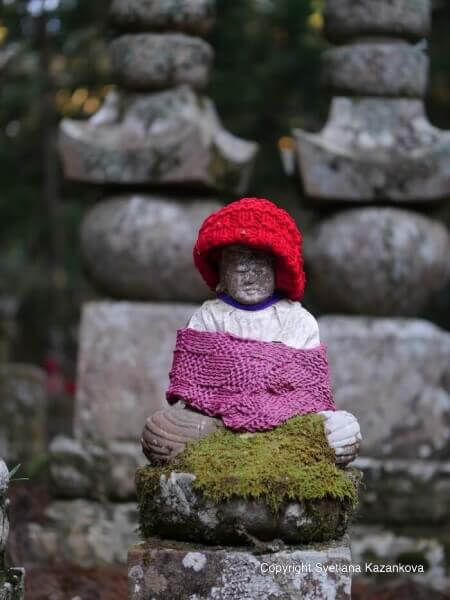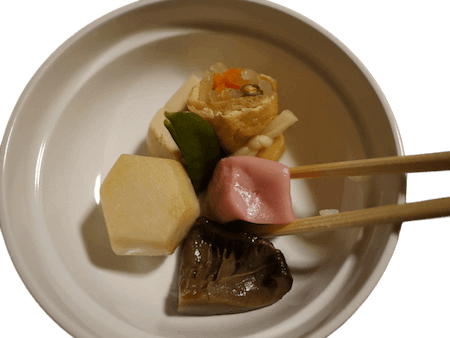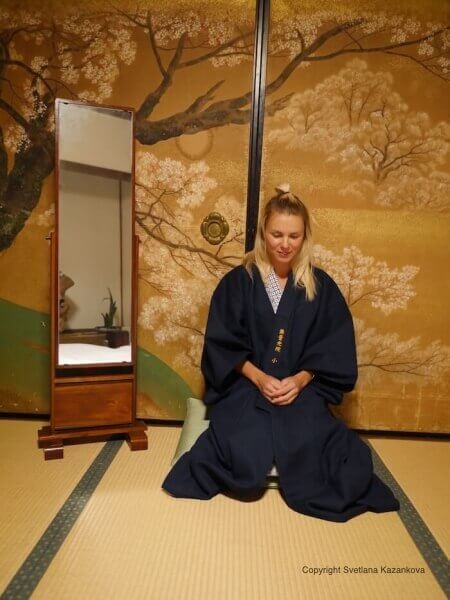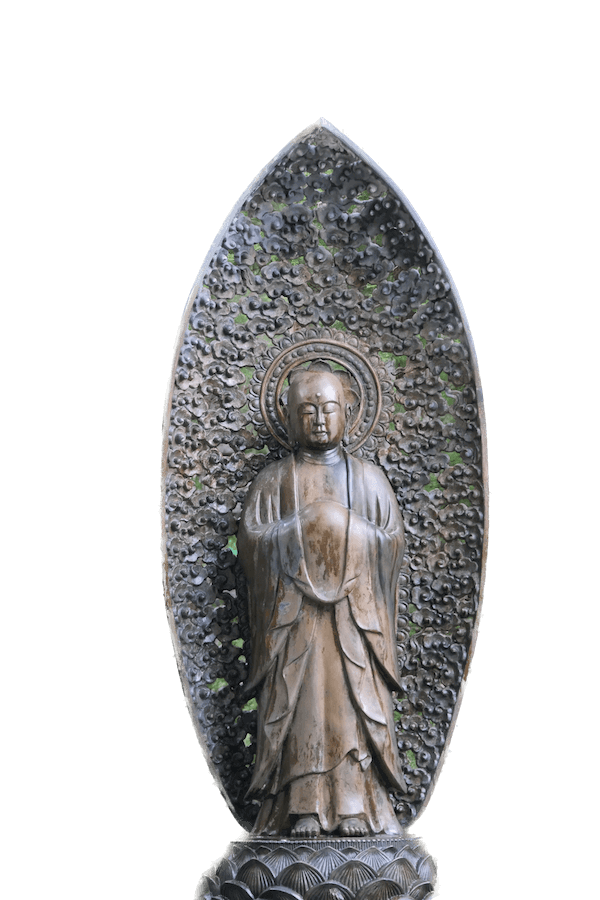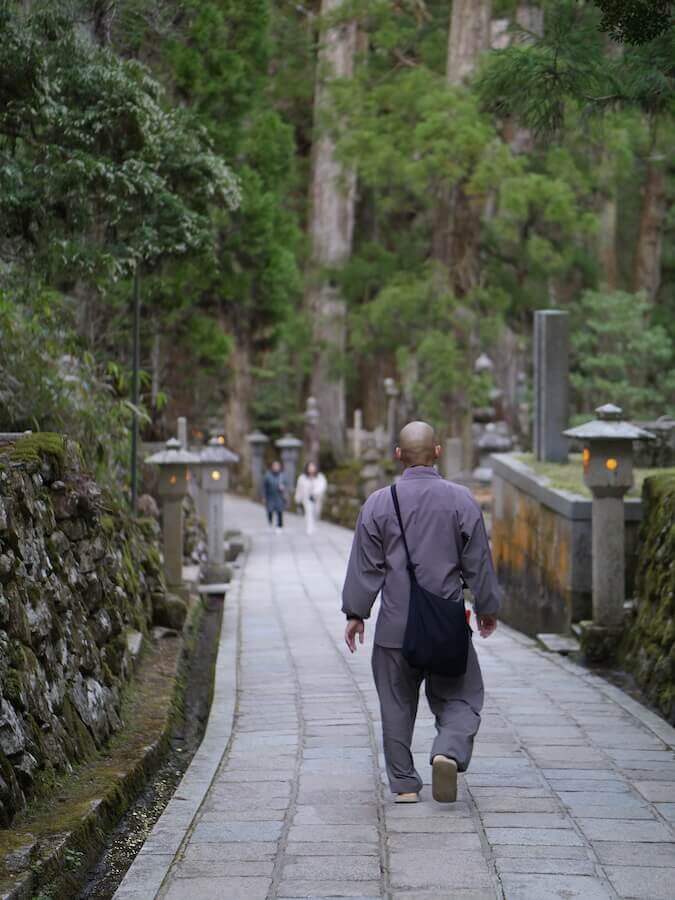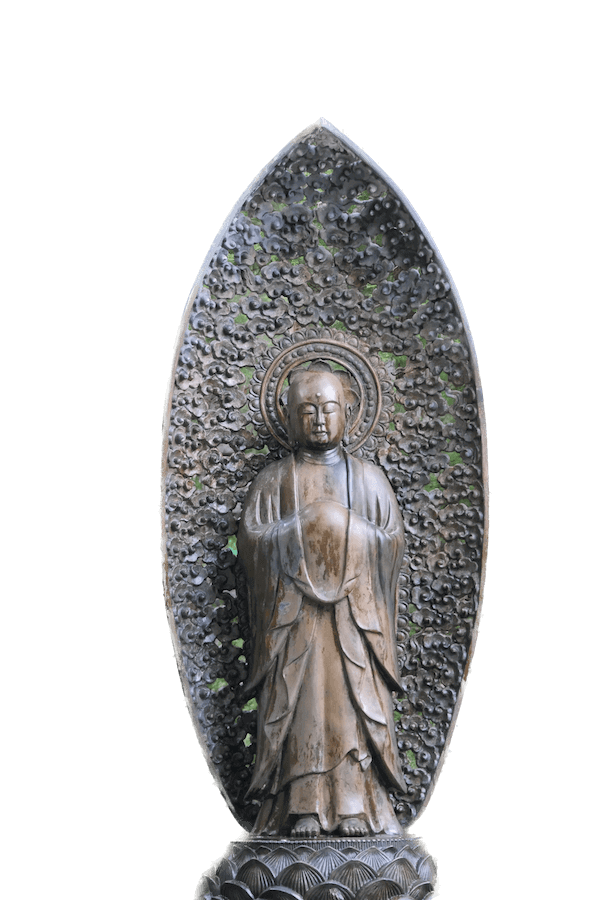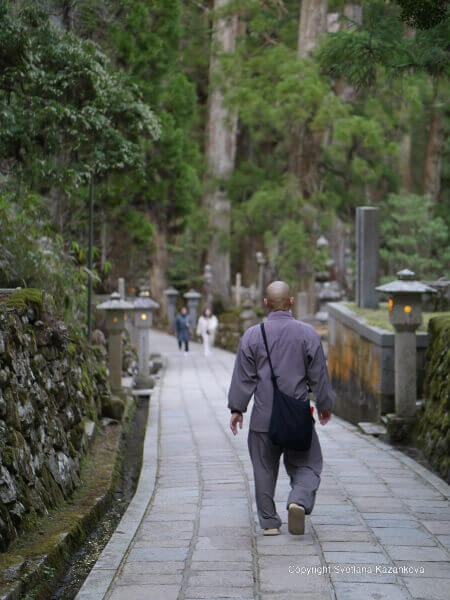Koyasan:
A Sacred Sanctuary in the Mountains
where the past intertwines seamlessly with the present
Koyasan:
A Sacred Sanctuary in the Mountains
where the past intertwines seamlessly with the present
In the heart of Japan's Kii Peninsula, nestled among lush cedar forests and soaring peaks, lies Koyasan, a destination that transcends mere travel. This sacred enclave offers a serene escape from the bustle of modern life and is a testament to the rich spiritual and historical tapestry of Japan. Join me as we embark on a journey to Koyasan, exploring how to get there, where to stay, and unraveling the stories of its deep-rooted religious significance.
Religion and History
Koyasan has a rich history that dates back over twelve centuries. It was founded by the revered monk Kobo Daishi, also known as Kukai, who played a significant role in shaping Japanese Buddhism. The temple complex became a center for esoteric Shingon Buddhism, known for its mystical and symbolic practices.
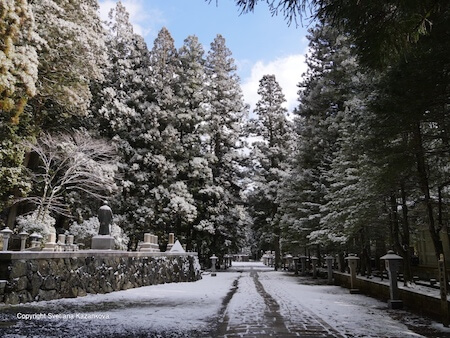

Where Time Stands Still in Koyasan
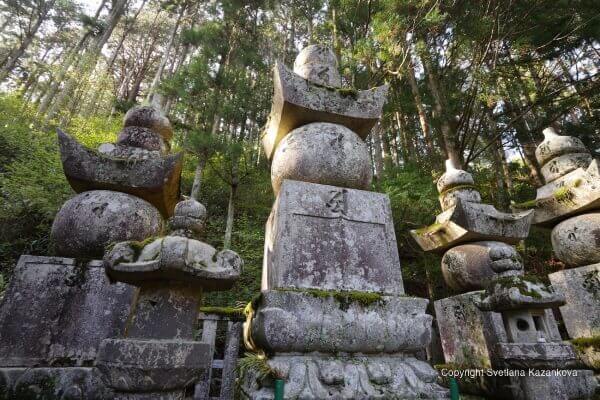
Okunoin Cemetery is not just a place for the deceased but a timeless realm where past, present, and the eternal coexist. Visitors can connect with the spiritual essence of Japan, meditate on the impermanence of life, and feel the presence of Kobo Daishi, who continues to meditate for the salvation of all beings.
At the heart of Okunoin Cemetery lies the mausoleum of Kobo Daishi (Kukai). Kobo Daishi is not just a historical figure but a revered and beloved spiritual leader in Japan. His contributions to Buddhism, including the establishment of Shingon Buddhism.
Pilgrims believe that Kobo Daishi is not in a state of death but rather in eternal meditation. For this reason, his mausoleum is a place of devotion, drawing both pilgrims who seek spiritual solace.
An Avenue of Stone Lanterns: Illuminating the Path to Enlightenment:
The approach to Kobo Daishi’s mausoleum is a mesmerizing avenue flanked by over 200,000 stone lanterns. These lanterns are illuminated at night, casting a soft, ethereal glow on the path. The act of lighting these lanterns is considered a form of prayer, an offering to guide the spirits of the deceased toward enlightenment.
The stone lanterns vary in size, shape, and age, making the journey along the path a captivating visual experience. As you stroll through this ancient forest, the flickering lantern light and the scent of cedar trees create a sense of reverence and peace.
While Okunoin Cemetery is open to visitors throughout the day, the experience is especially poignant during early morning or late evening when the lanterns are lit, casting a surreal glow.
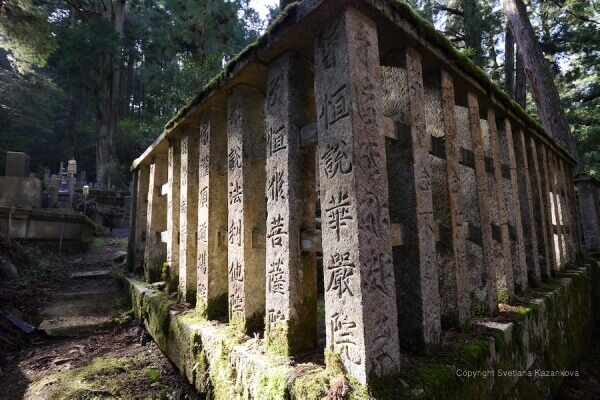
Shingon meditation
A Path to Enlightenment
Shingon Buddhism, one of Japan's esoteric Buddhist traditions, places a profound emphasis on meditation as a means to attain enlightenment. Shingon's meditation practices are deeply rooted in the belief that individuals can achieve spiritual awakening during their earthly lives.
Meditation in Shingon Buddhism is a spiritual journey that guides practitioners towards the realization of their true nature and the interconnectedness of all things. It's a complex and deeply mystical path that requires dedication and guidance from experienced masters.
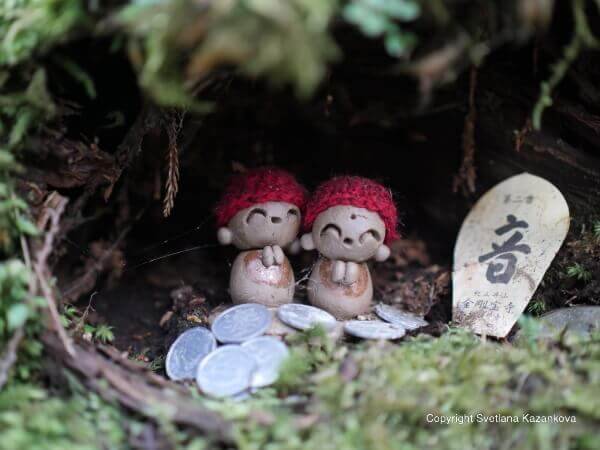
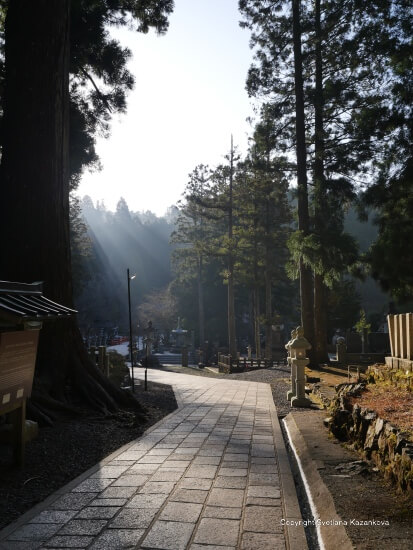
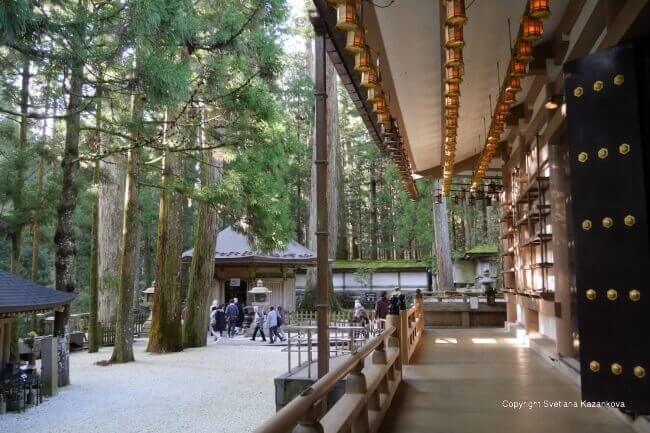
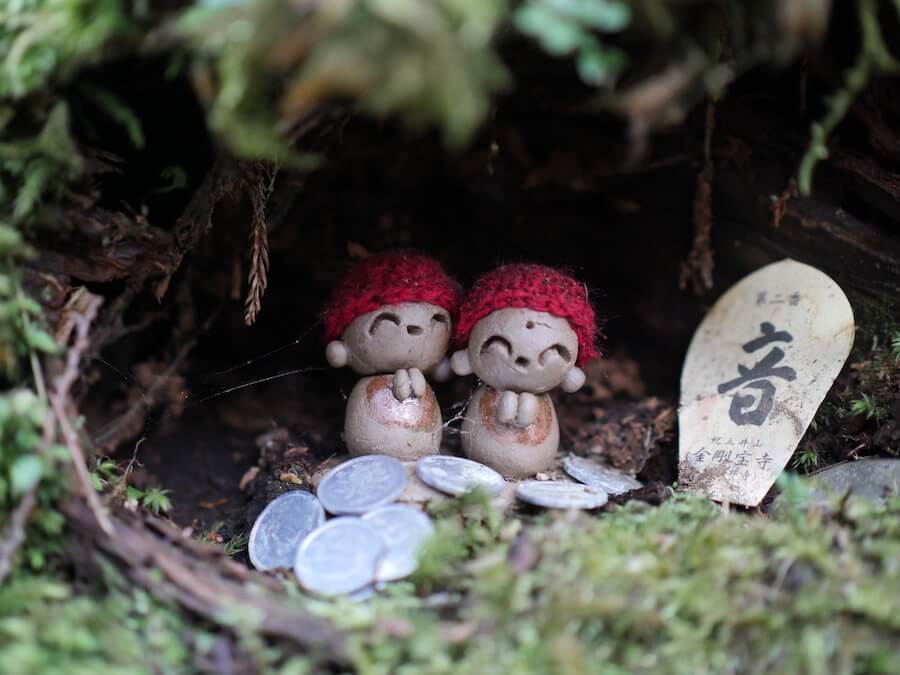
Nestled in the serene and mystical town of Koyasan, Japan, Kongobu-ji Temple stands as a monumental center of Shingon Buddhism, a place where spirituality, nature, and cultural heritage converge. Established by the founder of Shingon Buddhism, Kobo Daishi, Kongobu-ji Temple is the headquarters of the Shingon sect and an emblematic destination for seekers of enlightenment and travelers alike.
Kongobu-ji’s origins trace back over twelve centuries when Kobo Daishi, also known as Kukai, founded the temple. It has since played a pivotal role in the preservation and propagation of Shingon Buddhism, an esoteric branch of Mahayana Buddhism. The temple has been a spiritual center for emperors, shoguns, and devotees throughout the ages.
The architecture of Kongobu-ji Temple is a testament to Japanese artistic and architectural prowess. The spacious main hall, known as the “Kondo,” showcases intricate woodcarvings, vivid artwork, and traditional design elements. The Sanko Zon, an exquisite sliding door painting, stands as a masterpiece of Japanese artistry.
The Okuden, or the inner sanctum of Kongobu-ji, is where the highest levels of Shingon rituals are performed. It remains largely restricted to the public, preserving the temple’s esoteric practices and teachings.
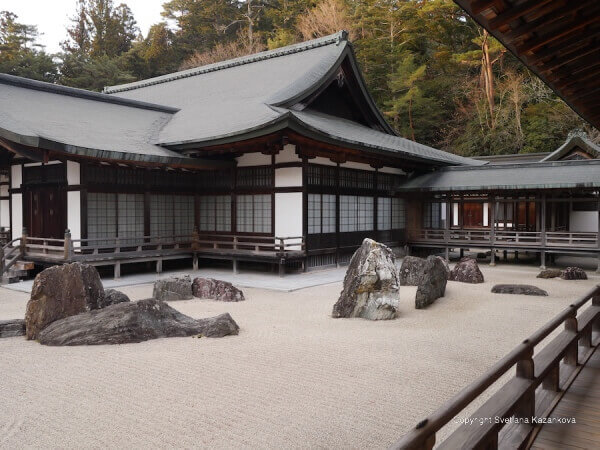
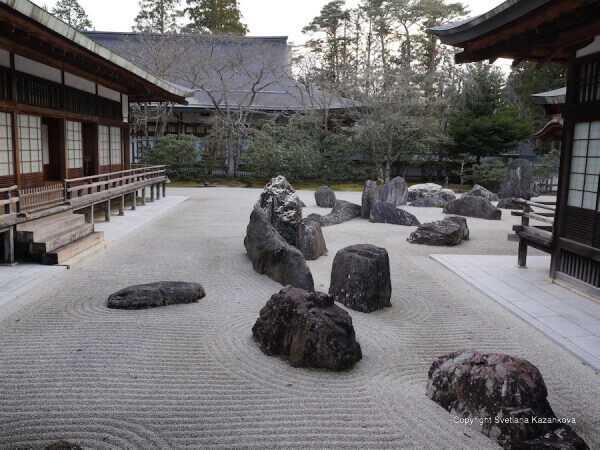
Shojin Ryori:

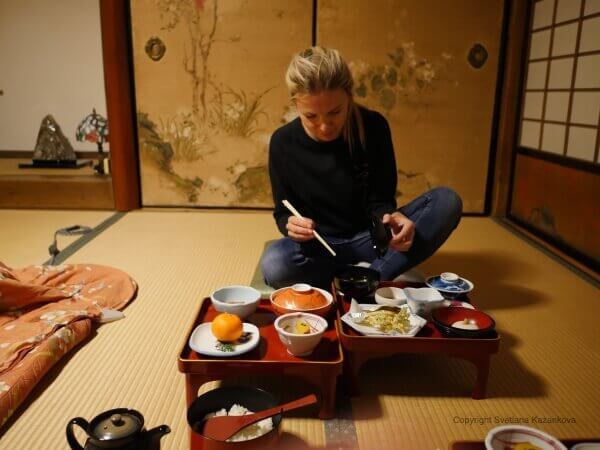
Dishes within the Shojin Ryori menu often include an array of tofu preparations, pickled vegetables, mountain vegetables, and intricate, artistically arranged plates. The absence of meat, fish, and pungent flavors is a testament to the cuisine's connection to Buddhist values.
Dishes within the Shojin Ryori menu often include an array of tofu preparations, pickled vegetables, mountain vegetables, and intricate, artistically arranged plates. The absence of meat, fish, and pungent flavors is a testament to the cuisine's connection to Buddhist values.
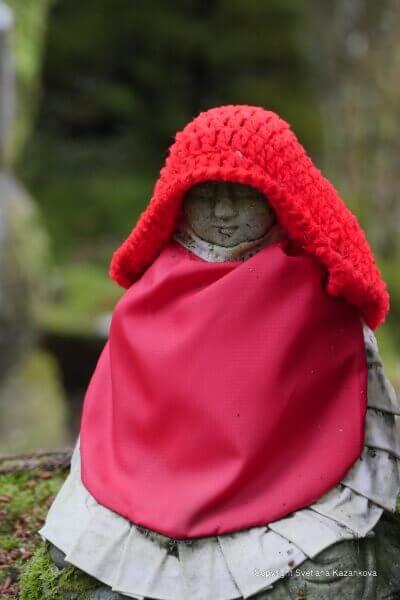
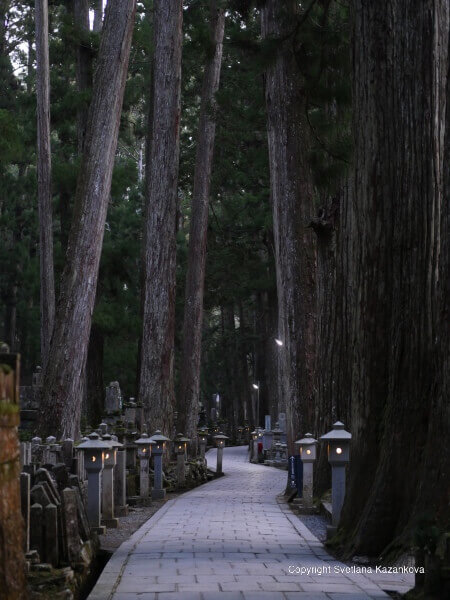
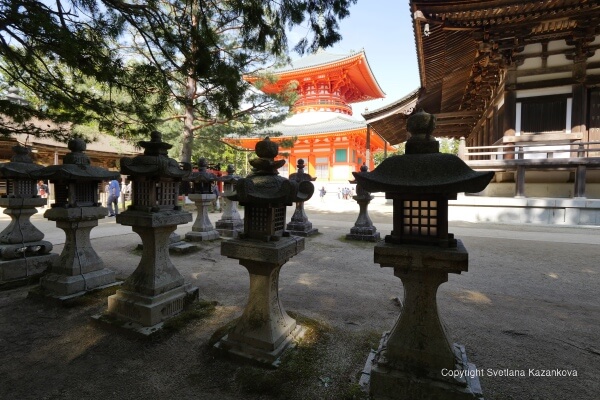
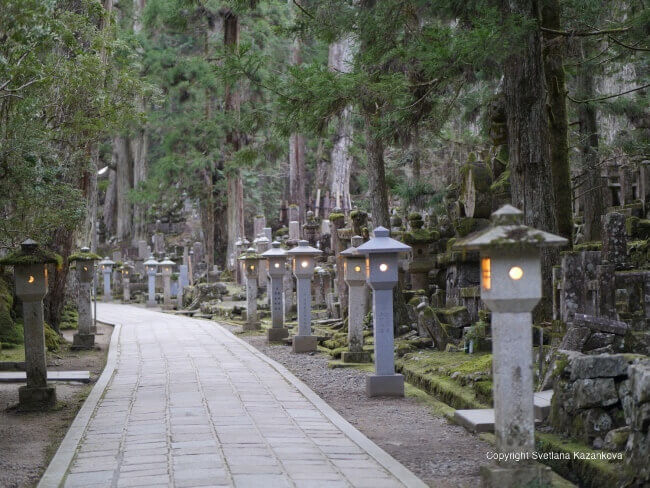
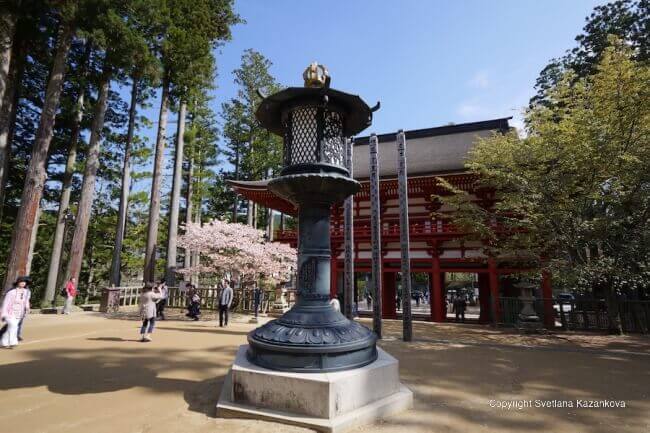
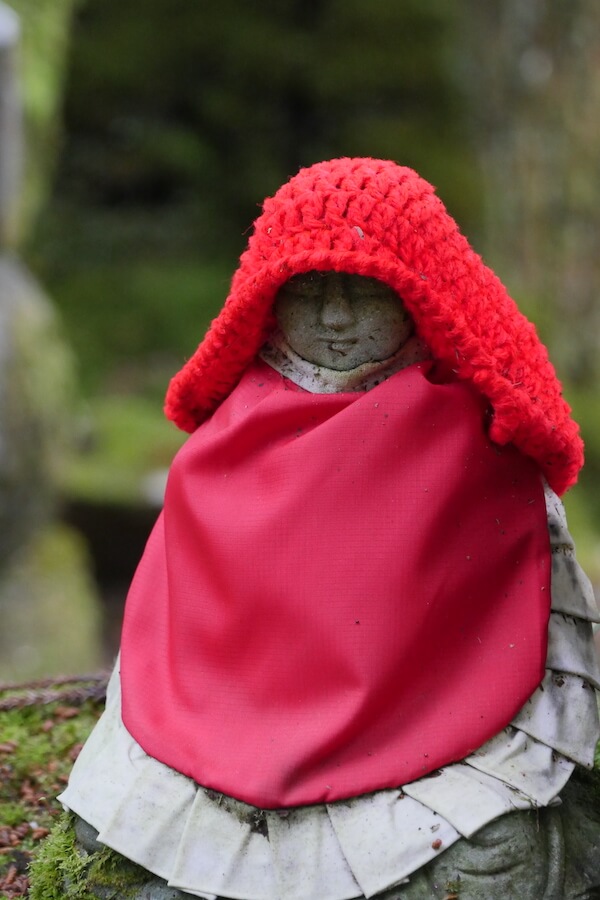
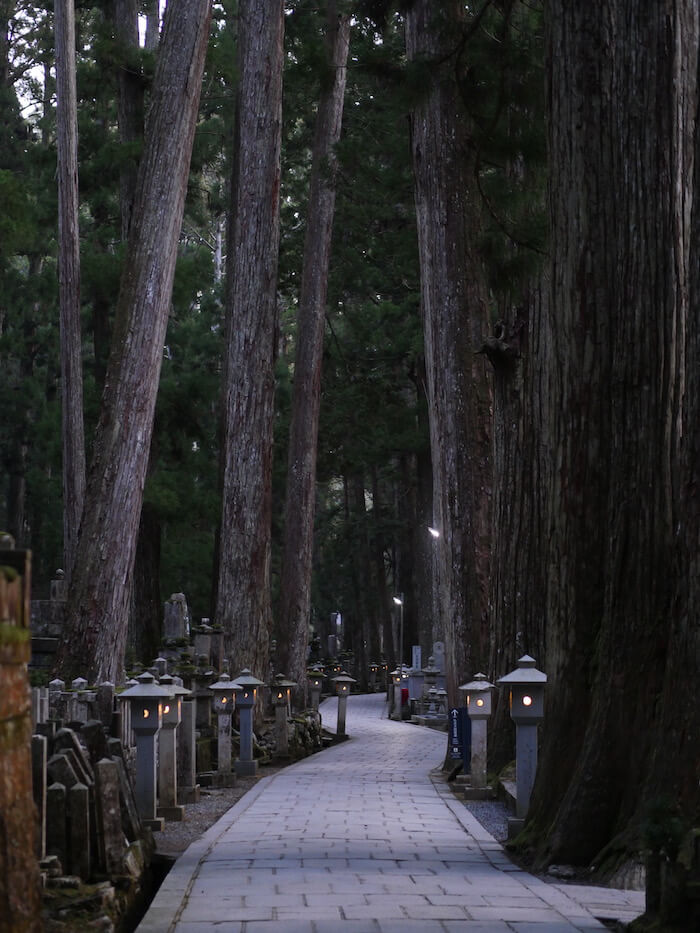
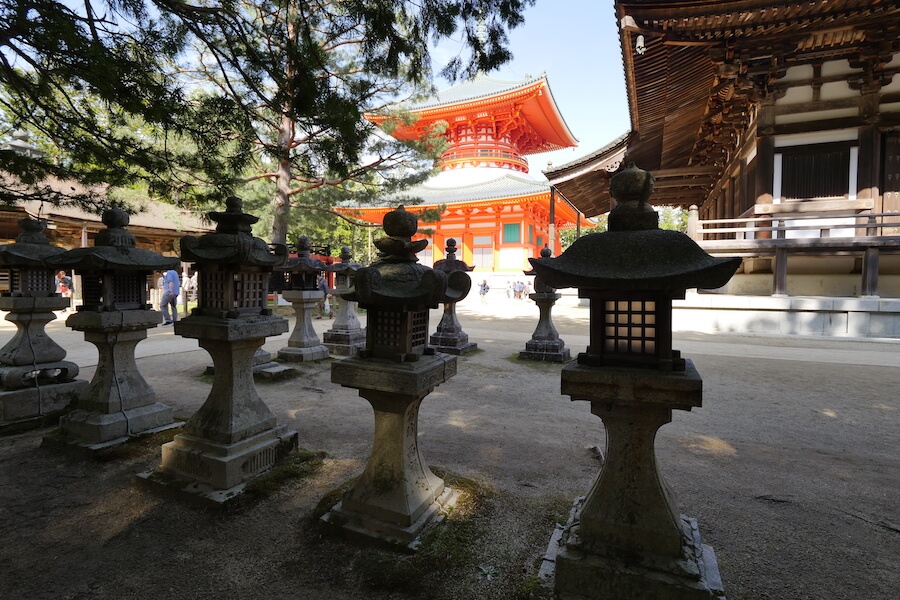
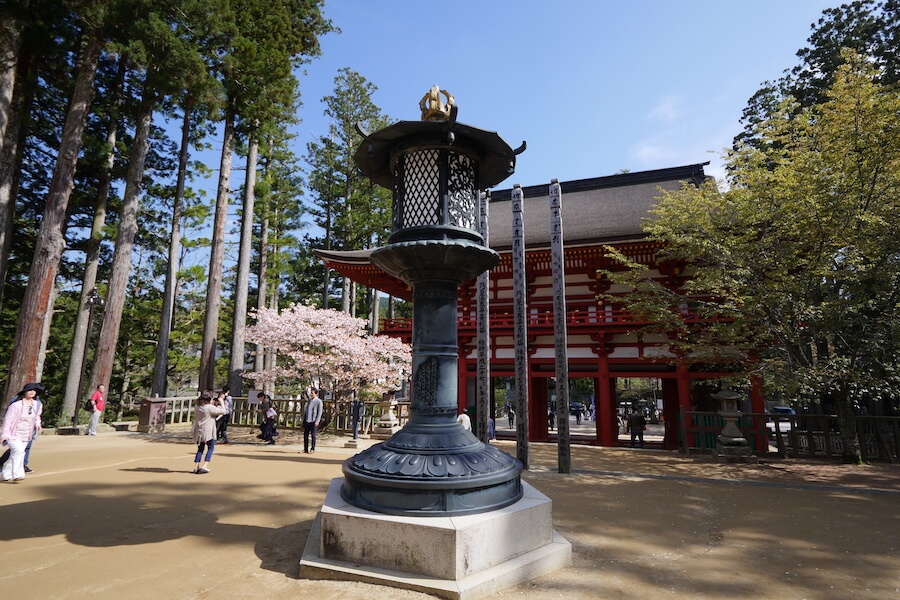
In Buddhism, fire is a symbol of transformation and purification. It represents the burning away of attachments, desires, and delusions, allowing individuals to reach a state of enlightenment.
The heart of the Fire Rite Ceremony is the fire altar, a sacred space where the ritual takes place. The altar is adorned with ritual instruments, offerings, and the central fire pit. Monks, often dressed in traditional robes, lead the ceremony.
The ceremony begins with a series of offerings, including wooden sticks known as “goma-gi.” Participants may have the opportunity to purchase these sticks, on which they can write their wishes or prayers. These offerings are placed in the fire, symbolizing the transformation of desires into enlightenment.
The Fire Rite Ceremony offers participants a chance for personal reflection and transformation. As the flames consume the offerings and the mantras fill the air, attendees may contemplate their own desires, attachments, and inner turmoil.
To attend a Fire Rite Ceremony in Koyasan, visitors can check with the local temples for schedules and availability. Some temples hold public ceremonies, while others may require prior reservations. It’s advisable to arrive early to secure a good vantage point, as the ceremony is a popular attraction in Koyasan.
Experiencing the Fire Rite Ceremony is not just an observance; it’s a journey into the heart of spirituality.
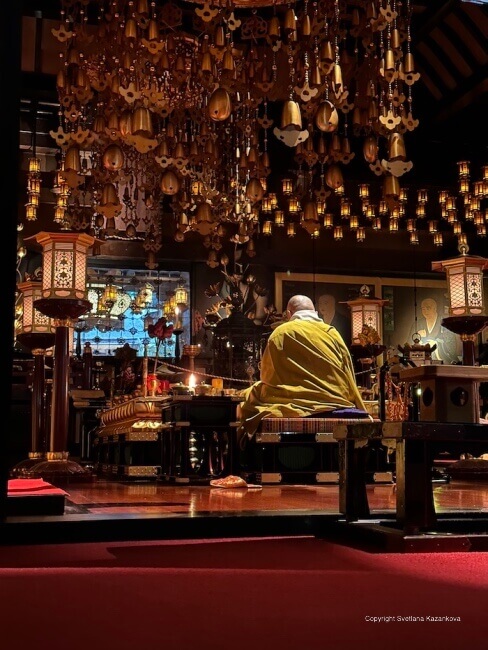
Getting from Osaka to Koyasan is a journey that takes you from the bustling urban environment of Osaka to the serene mountainous landscapes of Koyasan. Here’s a step-by-step guide on how to make this trip:
1. Osaka to Nankai Namba Station:
- Start your journey at Nankai Namba Station in Osaka. You can easily reach Nankai Namba Station from various parts of Osaka, including Osaka Station and Umeda.
- You’ll be taking the Nankai Electric Railway, specifically the Nankai Koya Line, which operates the Koya Limited Express service.
2. Purchase a Koyasan World Heritage Ticket:
- Consider buying a Koyasan World Heritage Ticket, which provides a convenient and cost-effective way to travel to Koyasan. This ticket includes the train journey from Nankai Namba Station to Gokurakubashi Station and a cable car ride to Koyasan.
- It’s recommended to purchase this ticket in advance at Nankai Namba Station or online, but you can also buy it at the station on the day of your journey.
3. Board the Koya Limited Express:
- Board the Koya Limited Express train from Nankai Namba Station to Gokurakubashi Station. The journey offers scenic views.
4. Transfer to the Cable Car:
- Upon arriving at Gokurakubashi Station, you’ll need to transfer to the cable car. It will take you on a picturesque ride up to Koyasan itself.
5. Explore Koyasan:
- Once you arrive at Koyasan, you’ll find yourself in the heart of the town. From here, you can explore the various temples and shrines, within Koyasan.
- Consider staying in a shukubo, a temple lodging, to fully immerse yourself in the spiritual atmosphere.
Important Tips:
- Be sure to check the train and cable car schedules in advance, as they can vary by season.
- The Koyasan World Heritage Ticket is highly recommended, as it simplifies the process and often provides savings on individual tickets.
Where to stay?
Temple lodges
To fully experience the essence of Koyasan and its Shojin Ryori, staying in a temple lodging, or shukubo, is a must. These temple inns offer more than just a place to rest; they provide a spiritual and cultural immersion that transports you to a different time.
Temple lodges
To fully experience the essence of Koyasan and its Shojin Ryori, staying in a temple lodging, or shukubo, is a must. These temple inns offer more than just a place to rest; they provide a spiritual and cultural immersion that transports you to a different time.



